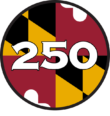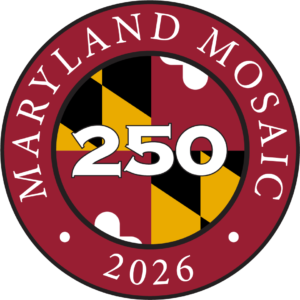Mosaic Pieces
Welcome to the complete Maryland Mosaic.
The Mosaic is not presented chronologically but presents a randomized selection of Mosaic Pieces to spark your interest in a particular event or person. If you would like to have a more ordered chronological overview, use the six fixed time period options on the right of the screen to get a more immediate picture of an historical period. You can also explore by county or by category. Our predefined categories, tags, counties and chronological brackets will help you see links between the Pieces.
The collection has over 140 firsts, including events, people, places, objects, documents or buildings that are unique to Maryland and to the nation. The Mosaic is part of Maryland’s contribution to the U.S. 250th anniversary in 2026. It covers the period from 1776 to the present. You will find at least one Piece for every county and Baltimore City, making this a statewide project.
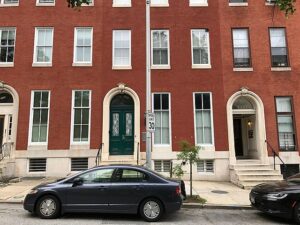
Lillie May Carroll Jackson is the mother of the Civil Rights Movement
Lillie Mae Carroll Jackson, Mother of the Civil Rights Movement, with daughter Juanita, begins “Buy Where You Work” Campaign in 1931. She makes the Baltimore branch of the NAACP the largest and most effective.

Largest U.S. gathering celebrating passage of 15th Amendment, providing universal right to vote for men
In Baltimore in 1870 the largest national gathering celebrates Congress passing 15th Amendment. The Maryland Assembly does not pass 15th until 1973.
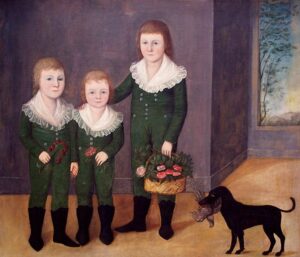
Joshua Johnson, first recognized professional Black portrait painter
Joshua Johnson, manumitted in 1782 by his father, is the first professional Black artist. He teaches himself to paint, producing portraits of elite families in a distinctive folk art style.
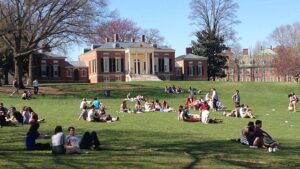
Johns Hopkins University opens
Johns Hopkins University opens its doors in 1876 as the first US institution of higher education based on a German model emphasizing graduate education. It has produced many firsts, notably the sanitation work of Abel Wolman.
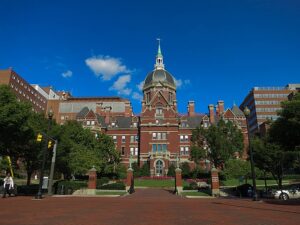
Johns Hopkins Hospital opens
Johns Hopkins Hospital opens in 1889, creating the first modern medical school. Local women donate funds, provided it agrees to admit women. The Hospital accepts African American patients in segregated wards. Many medical firsts follow.

John Waters releases “Multiple Maniacs”
John Waters releases “Multiple Maniacs,” in 1970, becoming the national leader in the production of “transgressive” cheap cult films featuring shock value and black humor.
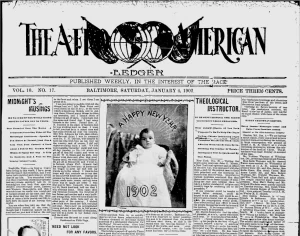
John Murphy founds Afro-American newspaper
The Afro-American is the oldest family-owned newspaper in the U.S. Founded in 1892 by John Henry Murphy, born a slave and a Civil War veteran, the newspaper becomes the most successful weekly on the East Coast. It is still run by the Murphy family

John Hanson, native of Maryland, is the First President of the Confederation Congress.
John Hanson, Maryland native, is the First President of the United States in Confederation Congress Assembled in 1781 after Maryland ratifies the Articles of Confederation, the first US Constitution.

John Brown hides out at Kennedy Farm, preparing to attack Harpers Ferry
John Brown leaves his 1859 hideout at the Kennedy Farm in Washington County, crosses Potomac with party of 22 to raid the Harpers Ferry Arsenal, intending to create a slave rebellion.
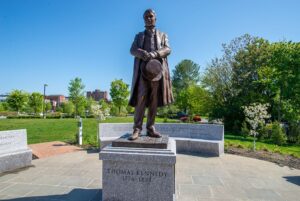
Jewish men gain rights of citizenship
“Jew Bill” legislation is passed by the Maryland Assembly in 1826, giving Jewish men all the rights of citizenship equal to Christians. Thomas Kennedy of Hagerstown is the tireless sponsor.

James C. Pennington, publishes “The Origins and History of Colored People”
James W.C. Pennington, born enslaved in Queen Anne’s County, publishes the first history of African Americans in the US in 1841.
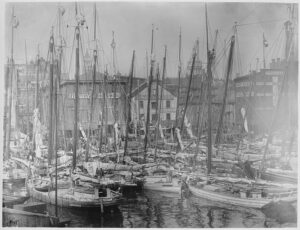
Isaac Myers forms a trade union for Black workers
Isaac Myers purchases a dockyard to employ Black workers and forms them into a caulker’s union in 1866. He is invited to the National Labor Convention in 1869. Ultimately, discrimination forces his union out of the national union.
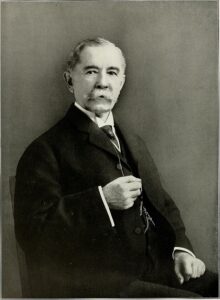
Inventor William Painter (1838-1906) is the first to create a practical method of capping bottled carbonated beverages.
Inventor William Painter (1838-1906) is the first to create a practical method of capping bottled carbonated beverages.
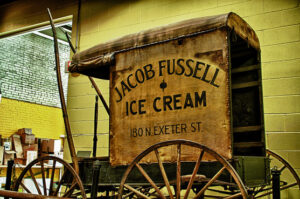
Ice Cream industry begins
Dairyman and abolitionist Jacob Fussell invents the ice cream industry in 1851 in Baltimore. Looking for ways to use the extra cream in his dairy business, he sells ice cream to Baltimore. Fussell’s original ice cream wagon is in the Baltimore Museum of Industry.
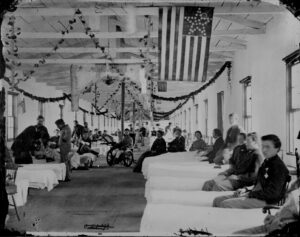
Hospital No.1 in Frederick sees action every day of the Civil War
Hospital No. 1 in Frederick becomes most innovative hospital in caring for large numbers of wounded during the duration of Civil War, 1861-5.
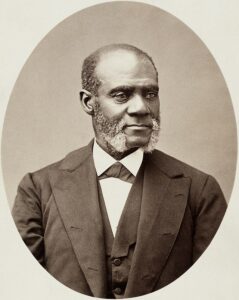
Henry Highland Garnet, leading Maryland abolitionist, opposes non-violence
Henry Highland Garnet, Black Maryland abolitionist who opposes the tactics of Frederick Douglass, delivers a fiery abolitionist speech, “A Call to Rebellion”, to the National Convention of Colored Citizens in 1843.

